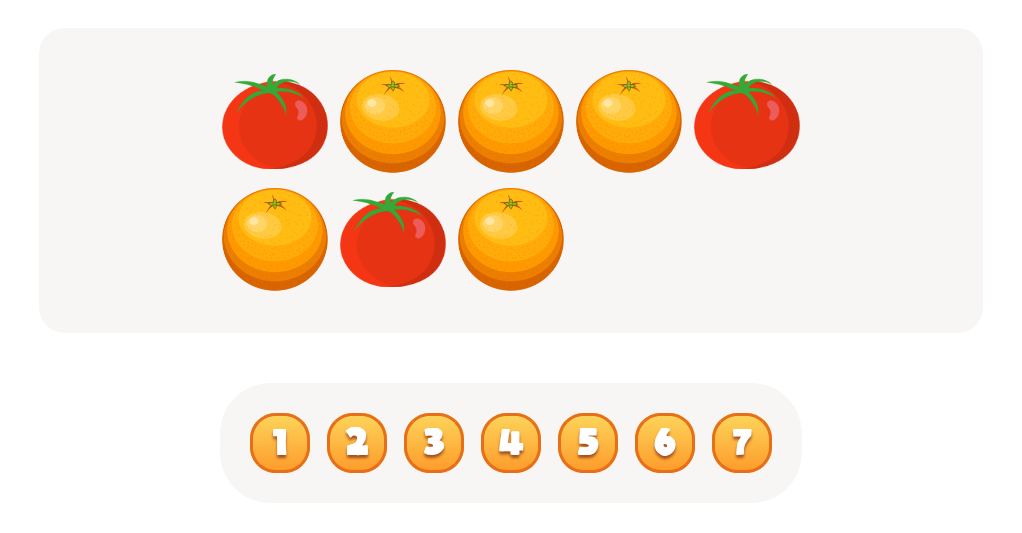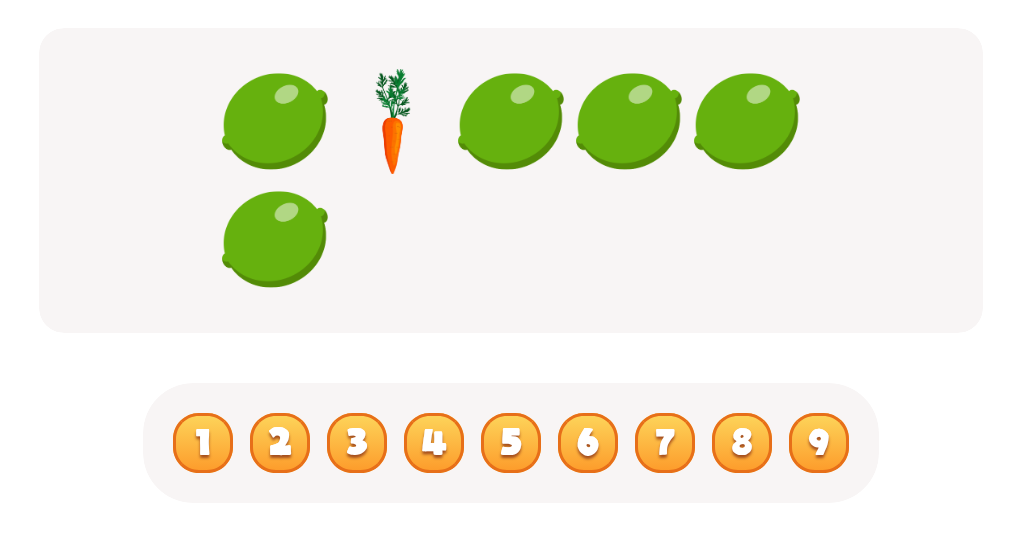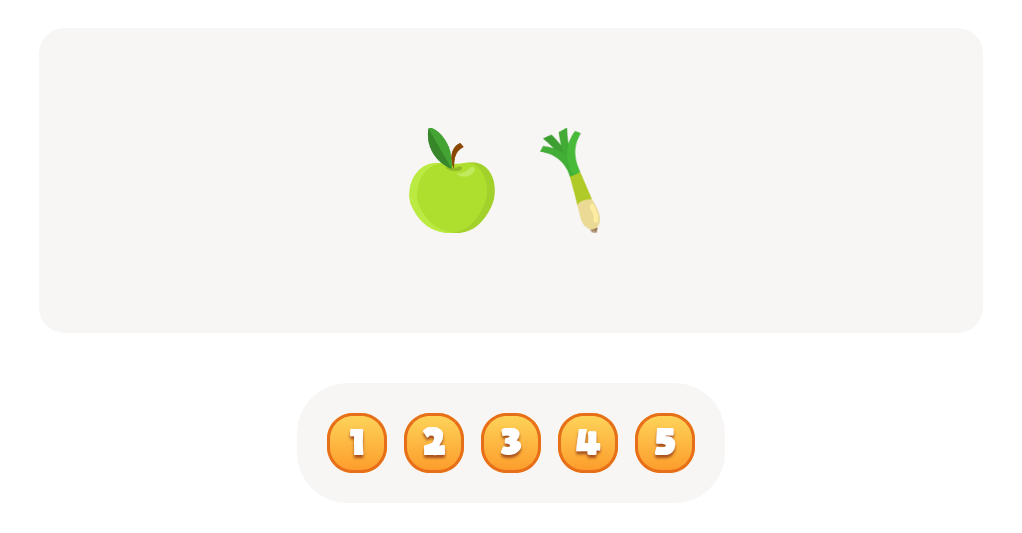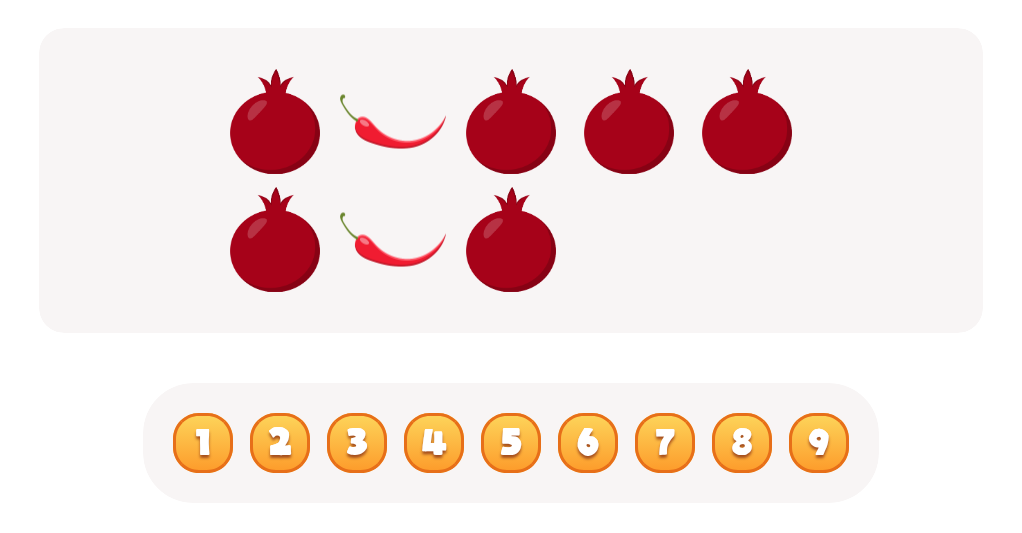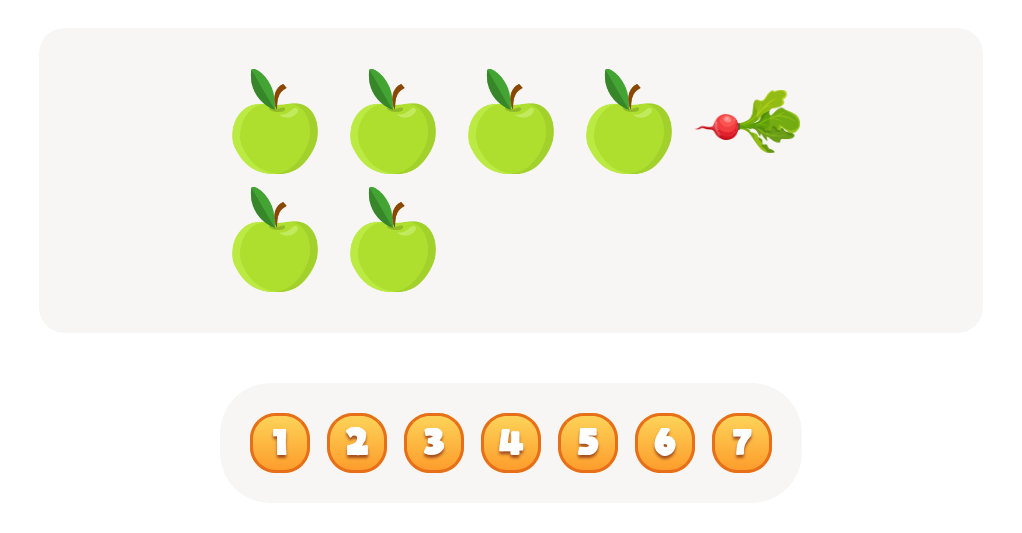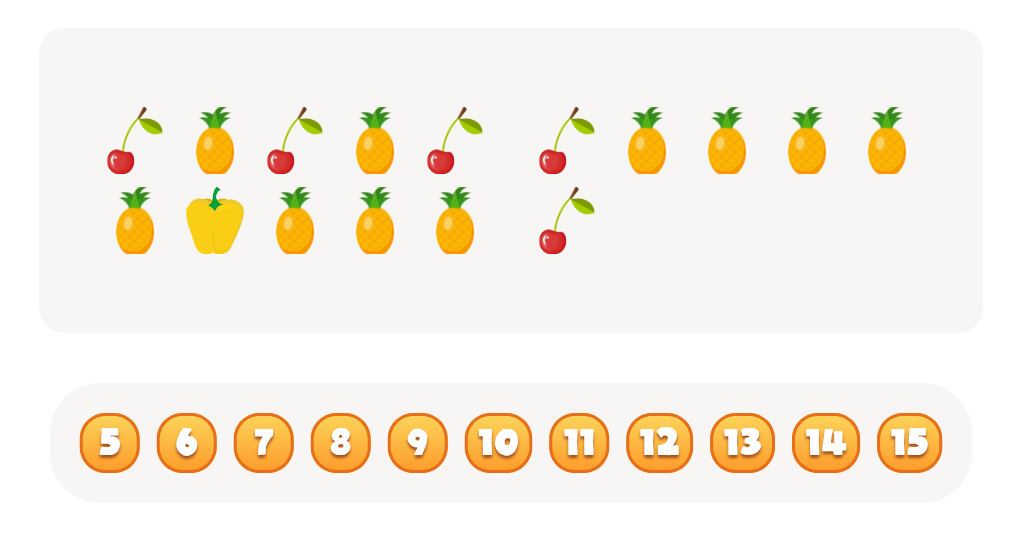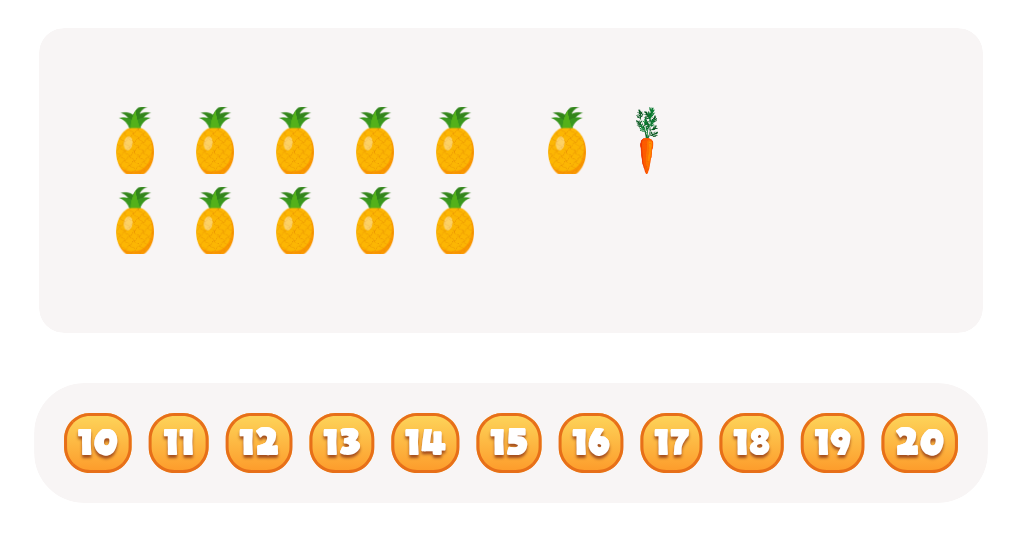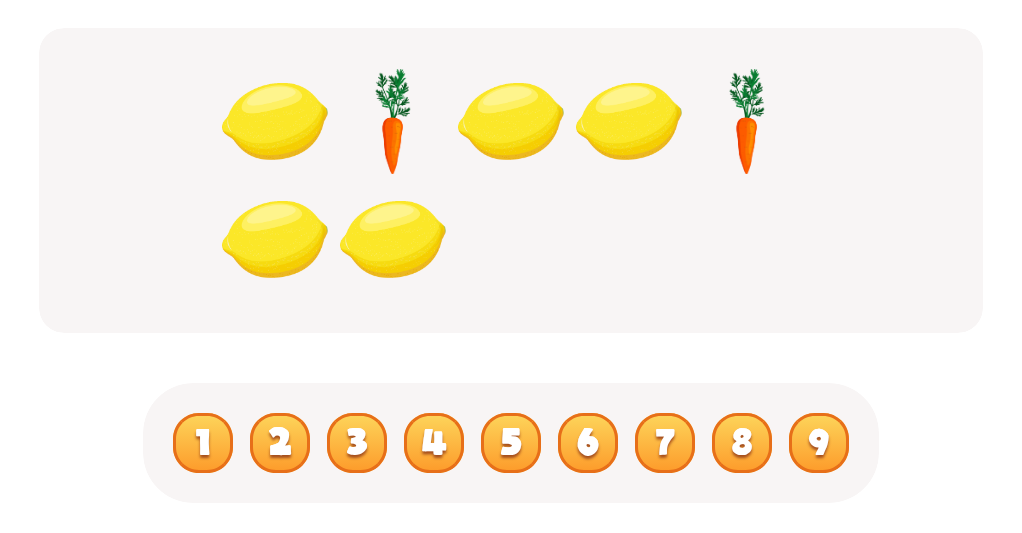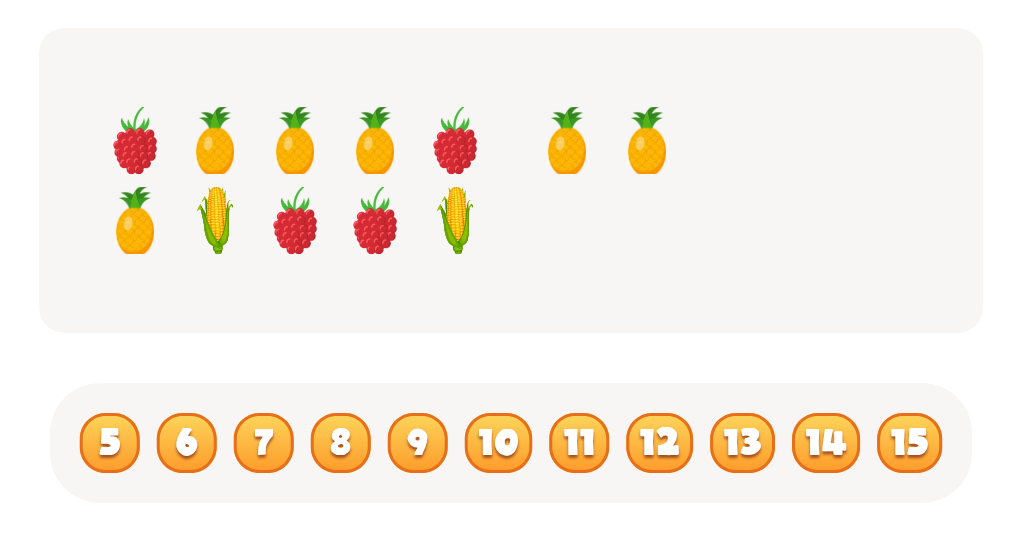Cognitive Development Normal Plants and Animals Worksheets for Ages 5-7
7 filtered results
-
From - To
Explore our engaging Cognitive Development Worksheets focused on plants and animals, designed specifically for ages 5-7. These printable resources nurture young learners' understanding of the natural world while enhancing critical thinking skills. With a variety of hands-on activities, children will explore the characteristics of different plants and animals, develop classification skills, and practice observation-through playful exercises and interactive challenges. Our worksheets promote cognitive growth by encouraging curiosity and exploration, making learning both fun and educational. Perfect for parents and teachers, these resources provide valuable opportunities for skill-building in an accessible and enjoyable format. Dive into the wonders of nature today!
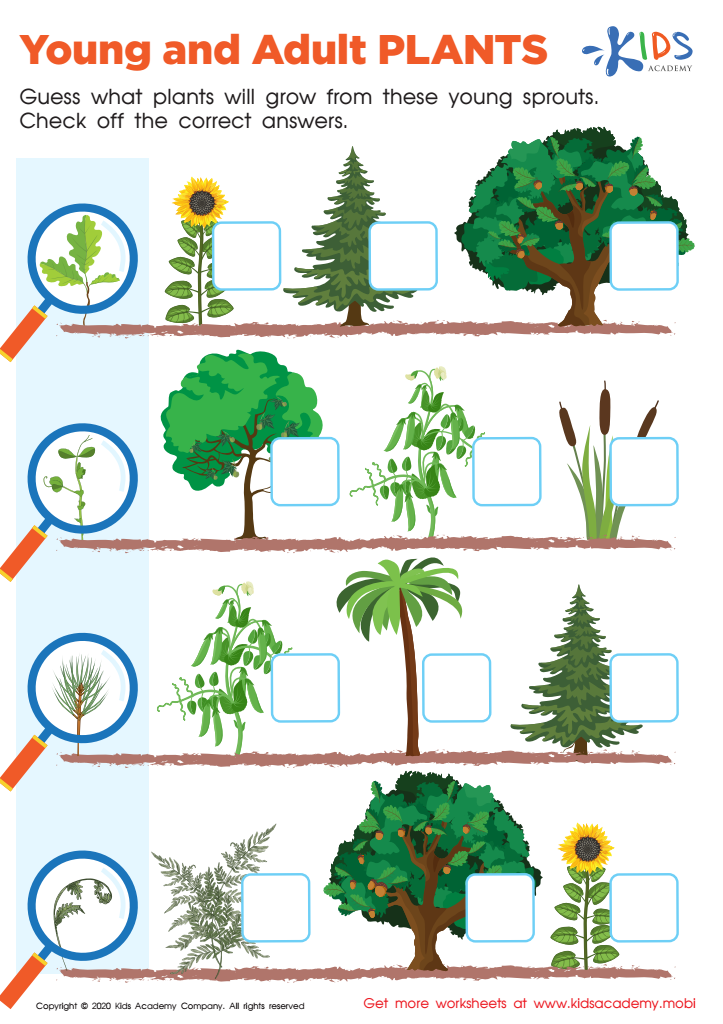

Young and Adult Plants Worksheet
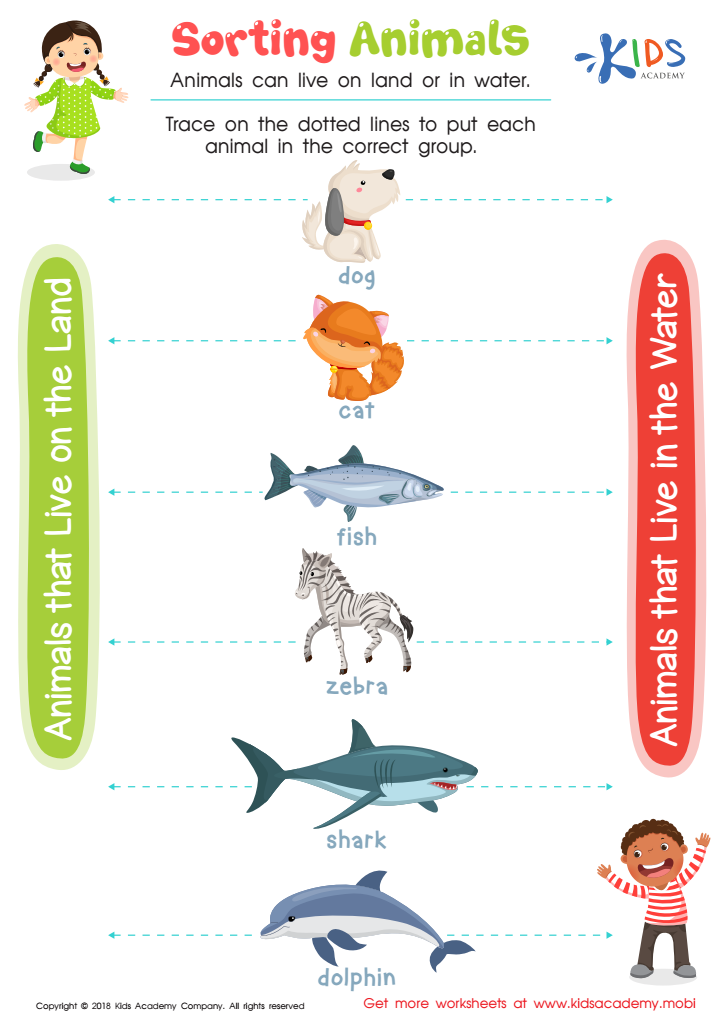

Sorting Animals Worksheet
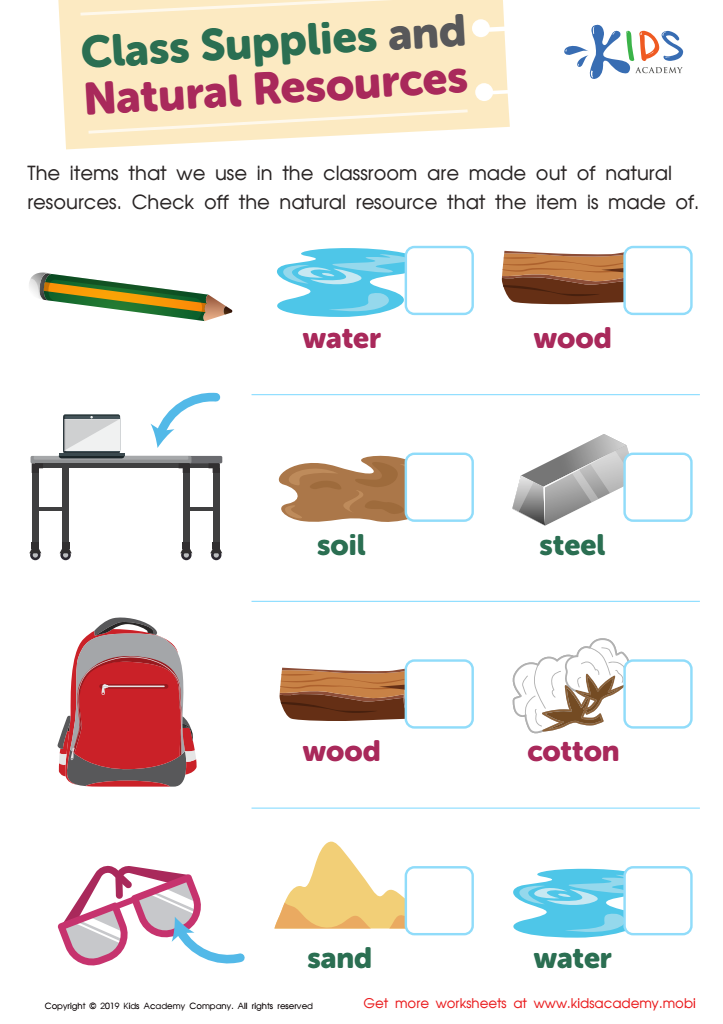

Class Supplies and Natural Resources Worksheet
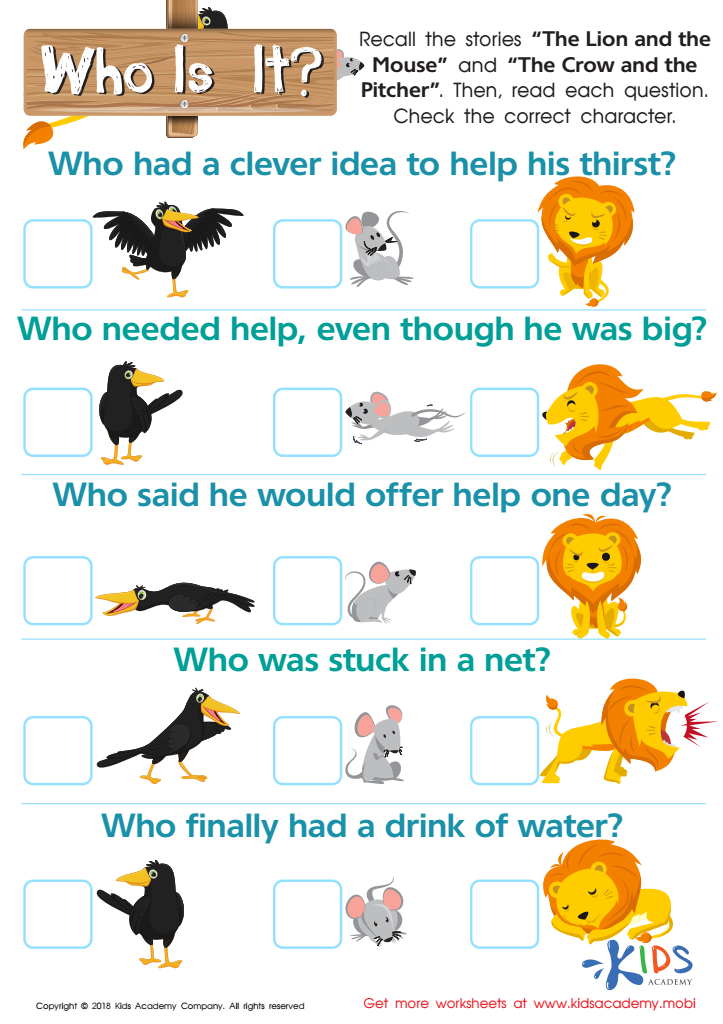

Who Is It? Worksheet
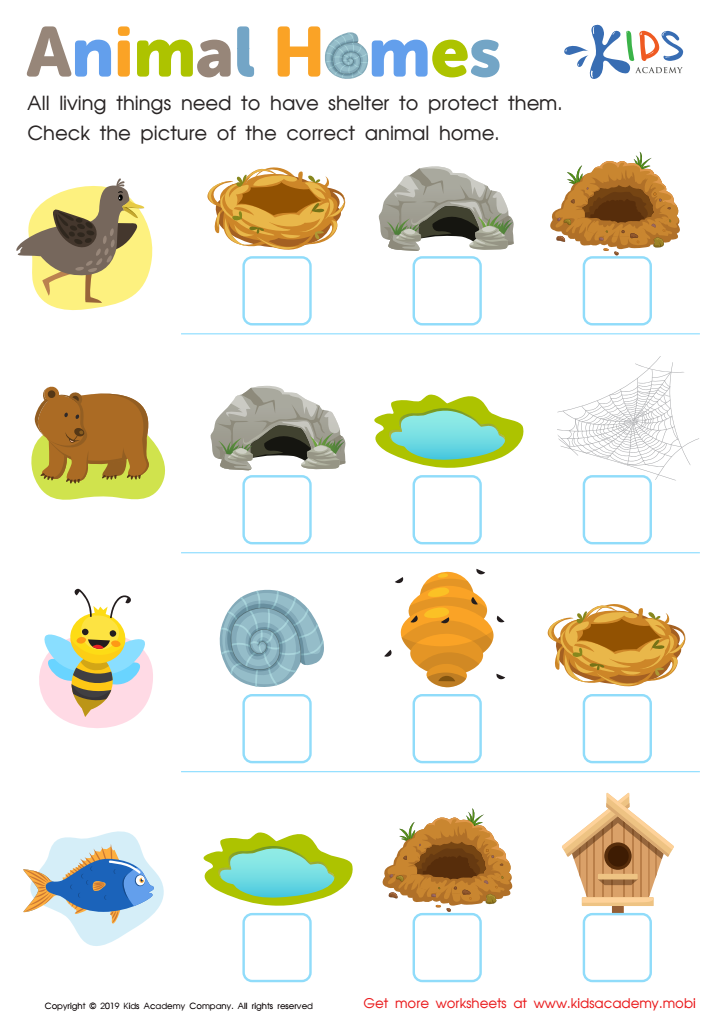

Animal Homes Worksheet
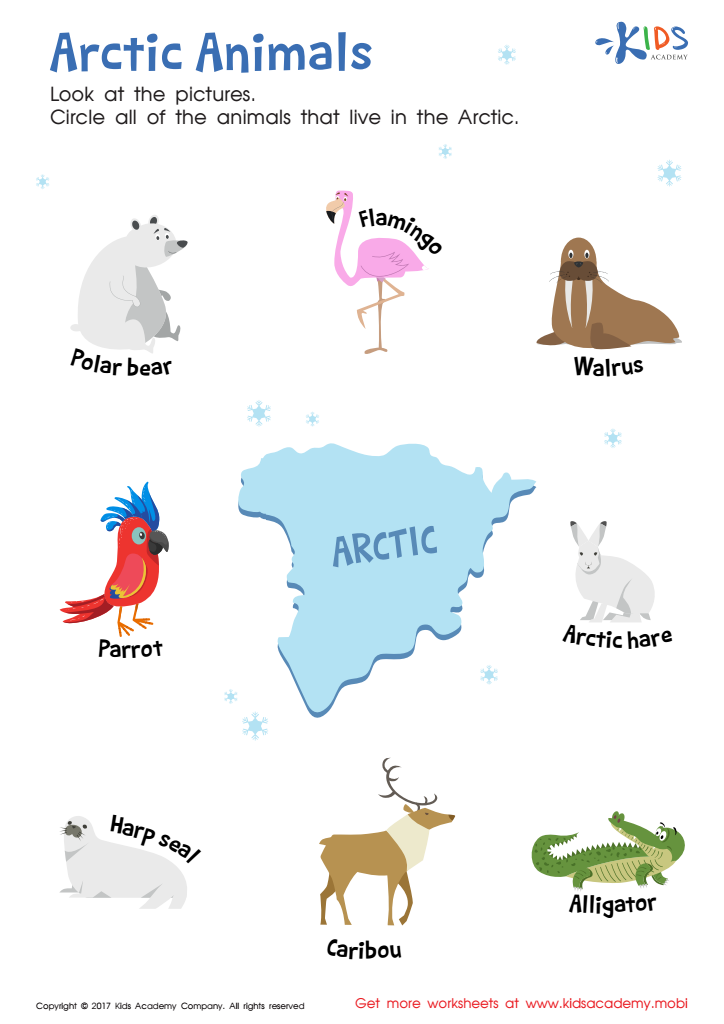

Arctic Animals Worksheet
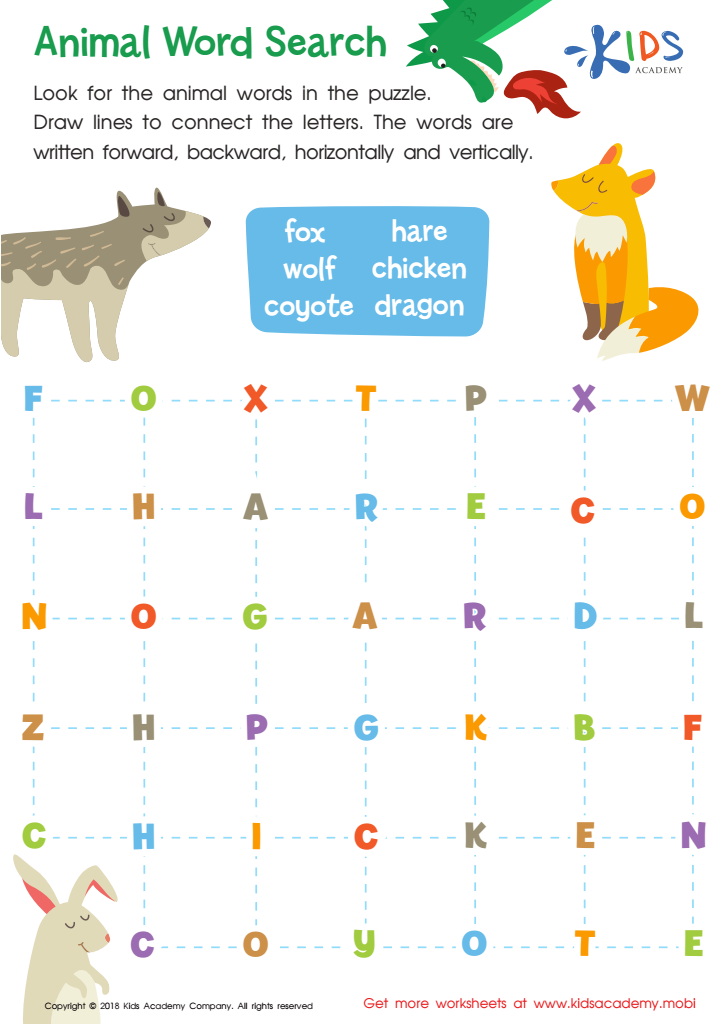

Animal Word Search Worksheet
Understanding cognitive development related to normal plants and animals for children aged 5-7 is crucial for several reasons. During this formative stage, children’s brains are rapidly developing, and they are naturally curious about the world around them, including plants and animals. Engaging with these topics promotes critical thinking, observation skills, and an appreciation for nature.
For parents and teachers, incorporating lessons about plants and animals can enhance children's cognitive skills such as classification, problem-solving, and hypothesis generation. It encourages children to ask questions, make connections, and understand the interdependence of life, fostering a sense of responsibility for the environment. By exploring these topics, children also develop vocabulary and communication skills as they describe their observations and share their thoughts about various species.
Moreover, integrating hands-on experiences, such as gardening or visiting a zoo, can create memorable learning experiences that stimulate curiosity and creativity. Not only is this beneficial for intellectual growth, but it also has positive effects on social and emotional development by promoting teamwork, empathy for living creatures, and respect for biodiversity. Thus, understanding cognitive development through the lens of normal plants and animals lays a solid foundation for holistic learning and a lifelong appreciation of nature.
 Assign to My Students
Assign to My Students

